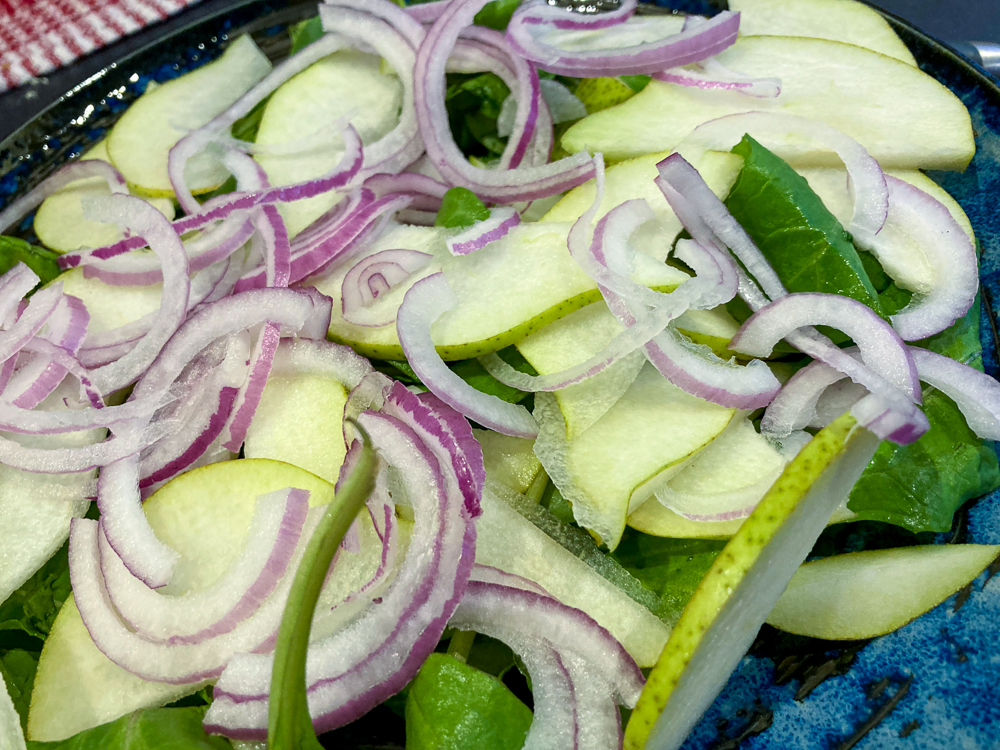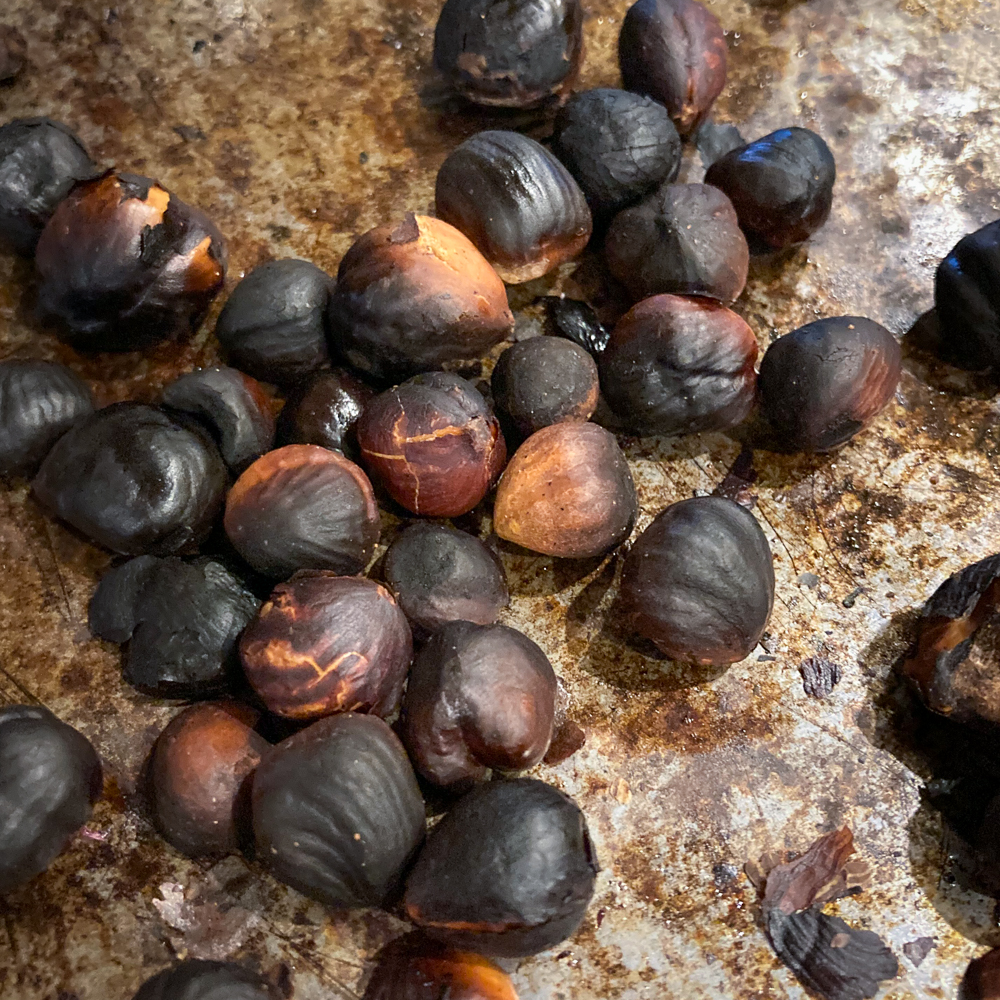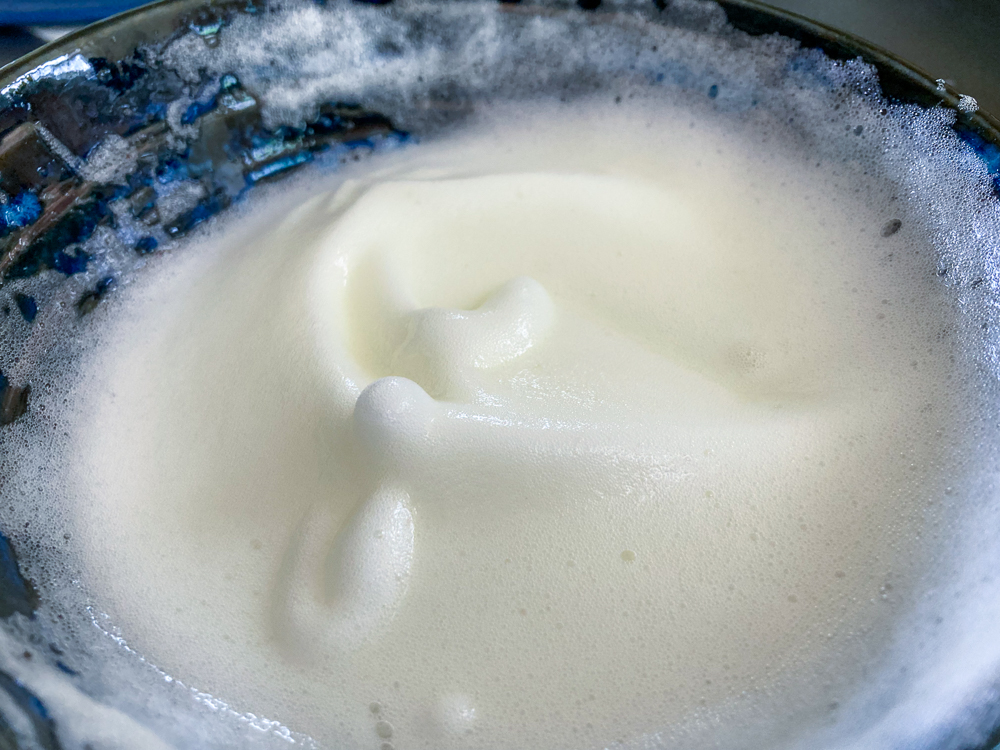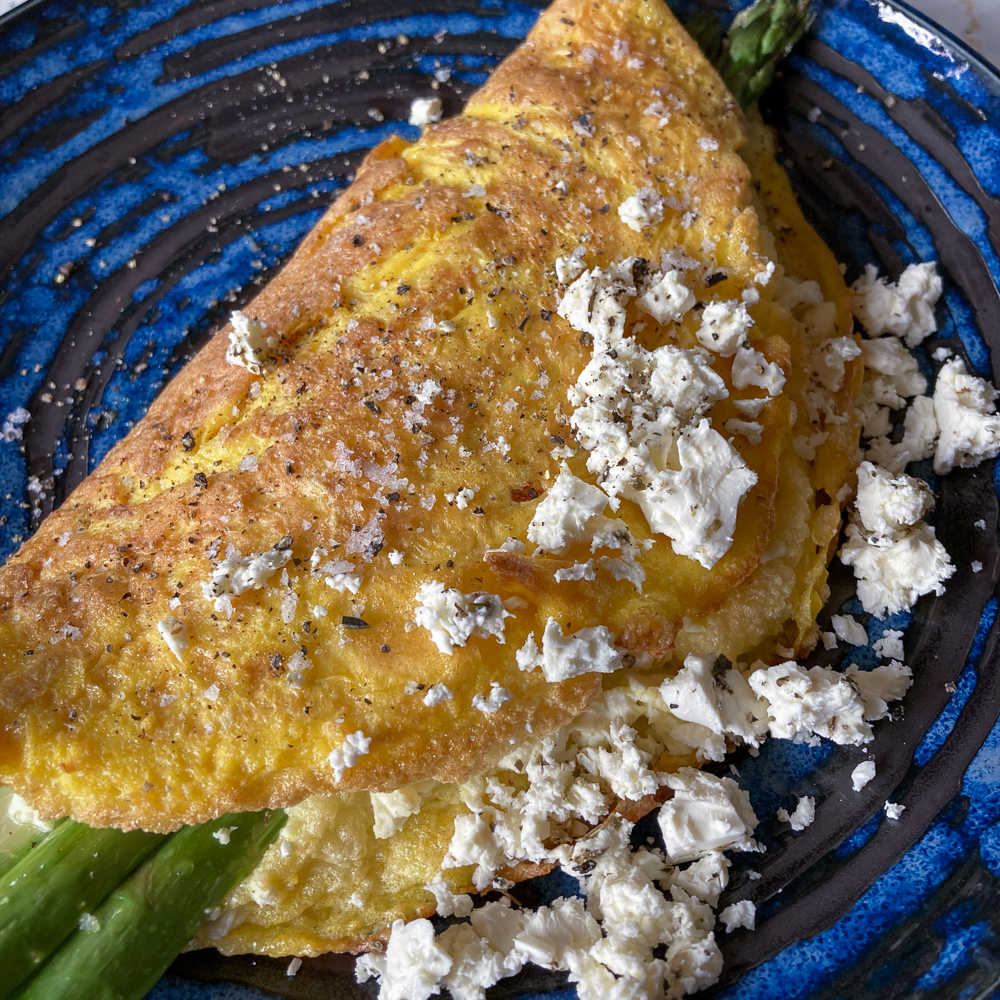in praise of rocket and asparagus
In last week’s post, I mentioned I’d ticked two more vegetables off my In Praise of Veg list.
Rocket
On Saturday night, I had dinner with Kramstable and made him one of his favourite dishes, carbonara. I got this great recipe from a friend a few years ago and that’s been our go-to carbonara recipe whenever we make that dish. (I mean, whenever I make that dish.) The best thing about it is that it has no cream and it’s super easy to make.
I thought we should have some vegetables with it so I picked out a salad using a vegetable I hadn’t yet tackled: rocket. This was the Classic Caramelised Balsamic Rocket & Pear Salad (page 340). I’m not a huge fan of pear, but when it’s sliced very thinly in a salad (and covered in a tasty dressing), I don’t mind it at all.

It was a simple salad to prepare, but there are two things I needed to do better.
First, it’s best not to over-caramelise the dressing, which is a mix of balsamic vinegar and maple syrup.
My version ended up as toffee, which, as you might imagine, was impossible to drizzle (or pour in any way) over the salad. Oooops! I had to loosen it up with water before I could use it.

Second, try not to burn the hazelnuts when you’re roasting them.
I had a few things going on at the same time and completely forgot about them. The result was not pretty.

On reflection, it’s probably a job I could have done earlier in the day when I wasn’t trying to multitask kitchen chores.
Asparagus
This week’s second recipe was just for me, the Three-ingredient Puffy Asparagus & Persian Feta Omelette (page 414). The full recipe was for two people and needed six eggs, which, in the chooks’ current laying frenzy was never going to be a problem. I decided to halve it.
I had never made an omelette before, so this was going to be interesting.
First, you separate two of the eggs and whisk the yolks with the other egg, then you whip the two egg whites into soft peaks.
Soft peaks?!
What does that even mean?
Not only had I never made an omelette before, I’d never made anything with egg white in my life! How does one whisk eggs? What are soft peaks? I had absolutely no idea.
I imagined you just got a whisk and flapped the egg whites around in a bowl until they looked a bit like the tops of waves on the beach, so I started to do this (note to self, use a bigger bowl).
I had no idea how long this was going to take and it seemed to be quite a labour-intensive process. My arm was getting sore, so I googled how to do it to make sure I was doing it right. It seemed I was, I just had to keep going. But according to google, even the tiniest bit of egg yolk on the whisk will prevent the soft peaks from forming. Had I cleaned the whisk sufficiently from whisking the yolks? How do I know if it’s going to work and I just have to keep going? What if it’s not going to work and I’m wasting my time?
Fascinating! The mixture gets kind of thick and frothy and you keep going and eventually you get this sort of white foam which (finally) starts to actually stand up (just like the white peaks of waves on the beach) rather than being a pure liquid. Who knew.

By the time it had got to what I was prepared to call soft (ish) peaks, I was well over this process and it was time to fold this into the other eggs. (Note to self: use a bigger bowl.)
When the two egg blends are sufficiently combined, you cook it, add the slightly cooked asparagus, some marinated feta and finish it in the oven.

Not an overly complicated dish, just a lot of forearm work. It was yummy though and worth the effort.